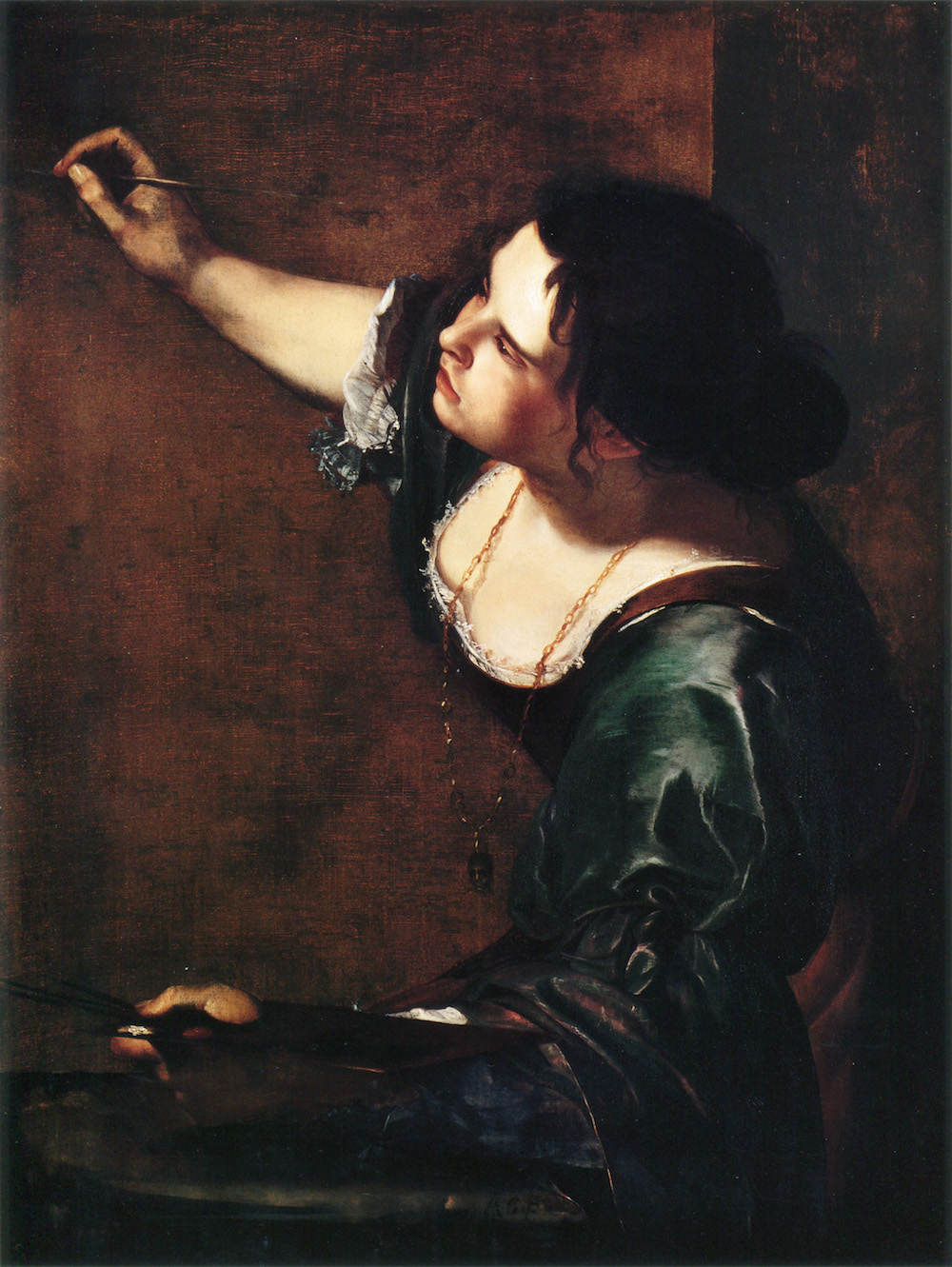

Self-Portrait as Allegory of is my masters's thesis project: a data-driven, machine-managed, sanity maintenance system.
Adapting the conceptual format and title of an Artemisia Gentileschi painting from 1638–39, it is at once a self-portrait as depicted by personal data and predictive models, as well as an allegory to an amalgamation of scientific, cultural, and personal ideals of mental health.
In construction, Self-Portrait as Allegory of comprises three systems: data collection by a body of trackers I built to collect digital phenotypes; mood prediction by a suite of neural networks that use this data to predict my mood, morale, stress, and fatigue levels; and intervention by a noninteractive voice assistant that responds to these predictions by directing me to perform mood-improving interventions and rituals that, taken together, form a lifestyle shift that optimizes for mental health.
In manifestation, the project is an n-of-one behavioral modification experiment: a data-driven, AI-directed performance of a composite aspiration comprising optimizations from positive psychology, the wellness industry, self-care culture, the female-empowerment zeitgeist, and my own romanticism of past, present, and future lives forever shaped, stagnated, and propelled by my history with depression. Synthesized into actionable interventions and rituals, these frameworks form the body of allegorical symbolism for idealized mental health, which I perform throughout the day as the system sees fit. The mere act of embodying these ideals allows me to not only adopt and benefit from an optimized lifestyle in the present, but also write it into my narrative of the future.
By transforming mental health maintenance—normally a consciously effortful, continuous act of self-discipline—into a simple performance of externally mandated instruction, Self-Portrait as Allegory of aims to bypass some of the most insidious and persistent depressive symptoms—learned helplessness, fixed mindset, and the inability to construct a future—by removing willpower, decision-making, and constant emotional monitoring out of the daily work of self-care and recovery.
➳
The first half of this project—data collection and mood prediction—is documented in detail here. The final half—machine intervention in response to the mood prediction—is documented below.
Mood predictions are sent to my noninteractive voice assistant, affectionately named Fitter Happier, which I carried on me for about a month. Fitter Happier is comprised of a raspberry pi, a GSM hat, a SIM card, and a lithium battery. The pi, running Node.js, speaks to me via a bluetooth earpiece.
The non-interactivity was intentional: I hoped that removing any opportunity to opt out, or exchange one intervention for another, would ensure adherence (otherwise, the following chart would be embarrasingly barren).
Each mood prediction domain—morale, stress, fatigue, and general mood—has a targeted set of interventions tailored to my personal preferences. For example, if my stress levels were predicted to be worse than normal, the intervention would be a cortisol-lowering activity: a meditation, a random imgur photo tagged 'aww' (a reliable source of cute animal photos), a physical exercise, a field trip to a random coordinate in Lower Manhattan, or one of my favorite poems or videos.
Rituals, also directed by Fitter Happier, focused on developing more long-term habits, for example: everymeditations on my roof in the mornings, walks around Washington Square Park at sunset; approaching random people with an intimacy-encouraging question in the afternoon; during the day, I would log grateful moments—the complete list of which would be sent to someone mentioned, and someone random, at the end of the day, along with an ask that they share their own lists; every weekend, I visited a random historical landmark in New York City.
Many of these rituals and interventions were attempts to inject the novelty and randomness I experienced, and the curiosity and gratitude I felt, while traveling in my 20s, which I ultimately credit for my recovery from an exceptionally severe bout of depression.
In the following chart, mood predictions are displayed as line graphs deviating from a rolling mean; in other words, better or worse than my baseline mood.
On the worse (or right) side of the y-axis baseline, you'll see what Fitter Happier said to me upon the unfortunate prediction. Click on the intervention, and you'll see the details.
Each chart is a day's worth of predictions and interventions. Click on the right or left arrows to move backward or forward a day, respectively.
█ Mood
█ Morale
█ Stress
█ Fatigue